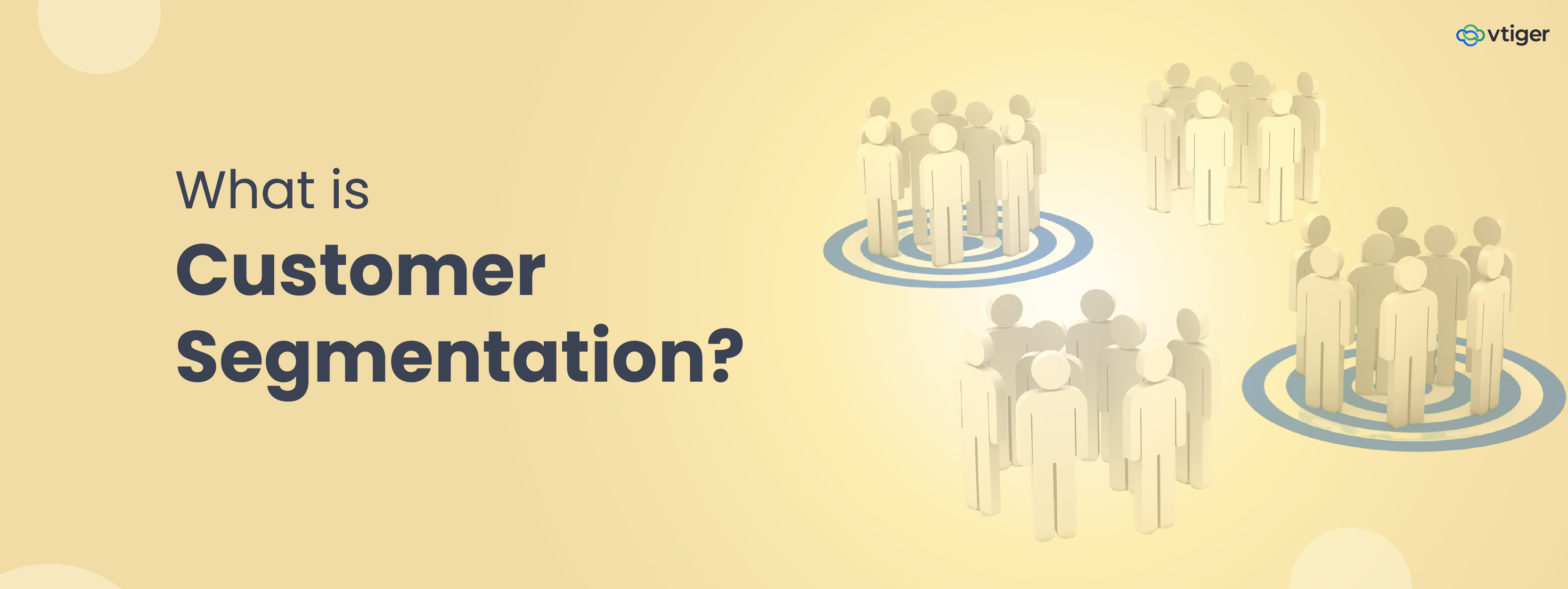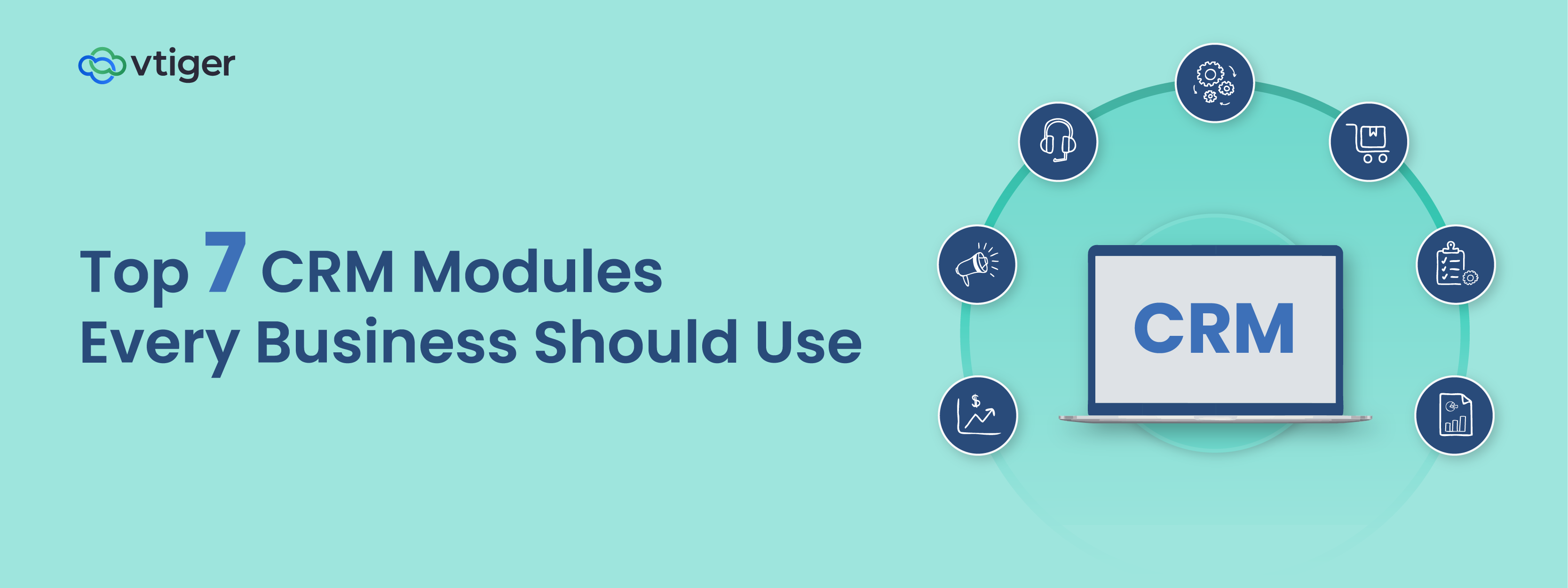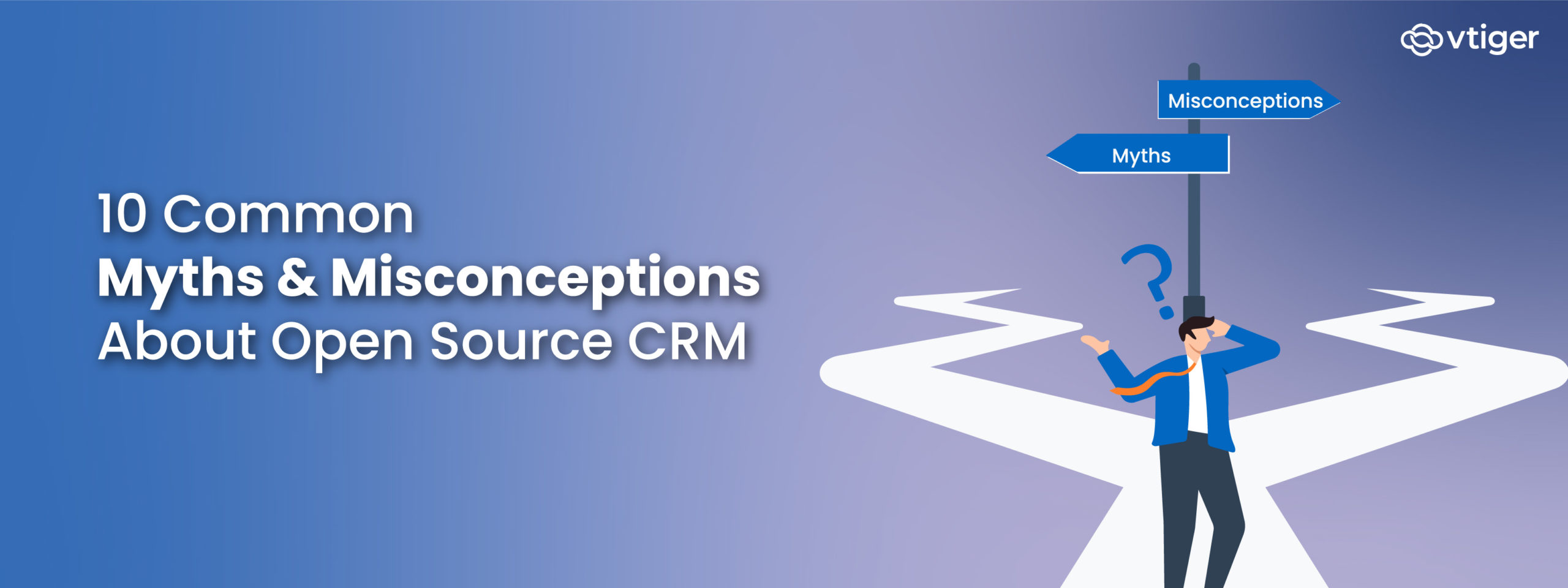Customer segmentation is the strategic process of organizing customers into distinct groups, or segments, based on common traits that are relevant to marketing. These shared characteristics can include age, gender, location, interests, spending habits, and behaviors. Instead of adopting a common approach, businesses use segmentation to recognize that each customer is unique, allowing them to target smaller, specific groups with messages that resonate more deeply.
Customer Segmentation Explained with a Business Example
Consider a direct-to-consumer (D2C) ethnic wear business. It uses customer segmentation to optimize product promotions across different regions. For urban customers, the business segments audiences based on fashion-forward trends and disposable income. This segment receives promotions for premium, designer-inspired collections, often linked to seasonal fashion trends or exclusive launches. The messaging highlights style, uniqueness, and the convenience of online shopping with quick delivery.
How Customer Segmentation Works: A Step-by-Step Guide
For businesses looking to target niche markets and boost customer engagement, knowing how customer segmentation works is quite necessary. The process begins with collecting and analyzing customer data and ends with creating refined, measurable campaigns tailored to specific segments.
Here’s a 5-step guide:
- Collect customer data: The foundational step involves gathering comprehensive data about your customers. This includes demographics (age, gender, location, and income), transactional data (purchase history, frequency, average order value, and preferred products), and interaction data (website visits, email engagement, customer service inquiries, and social media activity).
- Choose segmentation criteria: Based on the collected data, define the specific criteria that will be used to group customers. These criteria should align with your business objectives.
- Group customers using analytics/tools: Once criteria are established, use analytical tools or Customer Relationship Management software like Vtiger to process the data and group customers into distinct segments .
- Modify marketing or sales campaigns: With segments defined, develop customized marketing and sales strategies for each group.
- Measure results and refine: Continuously monitor the performance of your segmented campaigns. Track key metrics such as conversion rates, customer engagement, return on investment (ROI), and customer lifetime value (CLV).
Core Principles of Effective Customer Segmentation
Effective customer segmentation isn’t just about dividing customers; it’s about doing so in a way that yields actionable insights and drives business growth. Adhering to certain “Core Principles” ensures that your segmentation efforts are meaningful and impactful. Here are 3-4 key principles –
- Measurability: A segment must be measurable, meaning its size, purchasing power, and key characteristics can be quantified.
- Accessibility: An effective segment must be accessible, implying that the company can effectively reach and serve the customers within it.
- Substantiality: A segment needs to be substantial enough to be profitable. It must be large enough and possess sufficient purchasing power to warrant dedicated marketing efforts and resources.
These principles collectively ensure that customer segmentation is not just an analytical exercise but a strategic tool that genuinely contributes to a business’s marketing effectiveness and profitability.
Types of Customer Segmentation Models
To design effective marketing strategies, businesses rely on different types of customer segmentation models. These models group customers based on specific attributes, helping brands gain valuable insights and create more personalized and targeted campaigns:
- Demographic Segmentation: This model divides customers based on quantifiable characteristics such as age, gender, income, education, marital status, family size, occupation, and ethnicity .
- Geographic Segmentation: This involves grouping customers based on their physical location, including country, region, city, climate, or even specific neighborhoods .
- Behavioral Segmentation: This model categorizes customers based on their interactions with a product, service, or brand.
- Psychographic Segmentation: This delves into customers’ lifestyles, values, beliefs, interests, personality traits, and social class . It helps understand why customers make certain purchasing decisions.
- Technographic Segmentation: A more unique and increasingly relevant model, this divides customers based on the technology they use.
These diverse segmentation models helps businesses gain a holistic understanding of their customer base, enabling more precise marketing campaigns and ultimately driving better business outcomes.
| Further Reading Suggestions | ||
| What is a CRM | Open Source CRM | Sales CRM |
| Evolution of CRM | Analytical CRM | What is a Recruitment CRM |
| What is AI CRM | Mobile CRM | What is the CRM Process |
Benefits of Customer Segmentation For Businesses
Clear customer segmentation provides businesses with a better view of finding new opportunities. Segmentation helps businesses hit the right audience, reduce wasted spend, and build loyalty faster. It’s the difference between guessing and growing.
- Reduced customer churn: By understanding the specific needs and pain points of different segments, businesses can proactively address issues, offer tailored support, and provide relevant solutions
- Targeted messaging in local languages: Linguistic diversity necessitates localized communication. Allows businesses to craft marketing messages in regional languages.
- Efficient use of ad budgets: Instead of broad, generic campaigns, segmentation enables precise targeting.
- Better cross-sell opportunities: By analyzing purchase history and preferences within segments, businesses can identify complementary products or services that a customer group is likely to need.
Together, these benefits enable businesses to adopt a more strategic approach, strengthen customer relationships, and drive sustainable growth in an increasingly competitive business environment.
Customer Segmentation vs Customer Personalization: Key Differences
It’s easy to confuse segmentation with personalization, but they serve different roles. Segmentation sets the stage for targeting groups, and personalization fine-tunes experiences for individuals. Understanding both is crucial to designing smarter marketing strategies.
| Aspect | Segmentation | Personalization |
| Focus | Group-level | Individual-level |
| Based on | Shared traits (e.g., demographics, common behaviors) | Specific behavior (e.g., one person’s past purchases, real-time actions) |
| Approach | Dividing a large audience into smaller, homogeneous groups | Tailoring experiences and messages for each unique individual |
| Scale | Macro-level targeting | Micro-level targeting |
| Example | Marketing a specific product to all 18-25 year olds in a city | Recommending products to one individual based on their unique browsing history and past purchases |
Best Practices for Implementing Customer Segmentation
Success with customer segmentation relies on adapting strategies to its cultural depth and rapidly shifting market trends. Well-structured practices not only refine targeting but also enhance overall marketing ROI. Here’s how you can strengthen your segmentation efforts:
Build on clean, reliable data
Strong segmentation starts with quality data. Keep your customer information accurate, updated, and consolidated across all touchpoints like CRM systems, web analytics, social media insights, and transaction histories.
Leverage region-specific patterns
A diversified customer segment demands localized thinking. Festivals, seasonal trends, and regional buying habits should guide your messaging, as what resonates in one state may fail in another.
Integrate segmentation with CRM systems
Technology is key to execution. Sync your segmentation framework with a robust CRM to automate, track, and personalize campaigns at scale.
Test, learn, and refine continuously
Segmentation isn’t a one-time exercise. Consumer behavior and market dynamics shift often, making regular testing and iterative adjustments essential.
Account for language preferences
With over 22 official languages, linguistic segmentation can dramatically improve engagement. Localized communication feels personal and increases response rates.
Balance detail with practicality
Micro-segmentation is powerful but can become unmanageable if overdone. Create segments that are specific enough to be relevant yet broad enough to stay profitable.
Real-World Examples of Customer Segmentation Success
The current real world application of Customer Segmentation demonstrates how its success has influenced businesses to leverage this strategy to achieve significant growth in revenue, improve customer retention, and boost campaign effectiveness. Here are a few short case-specific scenarios:
- OTT Platforms Using Language-Based Segmentation:
Streaming and digital entertainment platforms cater to audiences with distinct cultural and linguistic preferences. Instead of promoting the same content to everyone, these platforms identify users’ preferred languages such as Hindi, Tamil, or Bengali and curate recommendations accordingly. Viewers receive alerts about new regional releases or exclusive premieres relevant to their interests. This modified communication not only increases daily watch time but also reduces churn, as customers feel the platform genuinely understands their preferences.
- Tailoring Food Delivery Experiences Based on Dietary Habits
Food delivery services have learned that eating habits vary widely across customers. By segmenting users into groups such as vegan, vegetarian, or even specific cuisine enthusiasts, they create highly relevant offers. A vegan customer, for instance, might get recommendations for newly listed vegan restaurants or receive discounts on plant-based dishes. Such targeted promotions encourage repeat orders, enhance customer trust, and position the service as a go-to platform for personalized dining options.
Customer segmentation, when applied with precision, shifts marketing from being generic to being truly customer-centric by making interactions feel meaningful and significantly boosting business outcomes.
Challenges Businesses Face with Segmentation
Customer segmentation offers tremendous benefits, but it’s not without hurdles. Many businesses struggle with common pitfalls that can reduce its effectiveness. Identifying these challenges early and having a clear plan to overcome them, is essential for building a successful segmentation strategy.
Poor Data Quality
Segmentation is only as reliable as the data behind it. Inaccurate, outdated, or inconsistent information often leads to misleading segments and wasted marketing efforts. Businesses need to prioritize data governance by maintaining clean and updated databases, consolidating duplicate records using advanced CRM systems, and validating data at the point of entry to ensure accuracy from the start.
Overlapping Segments
Customers frequently fall into more than one segment, creating confusion, repeated messaging, and difficulty measuring campaign performance. Defining clear, mutually exclusive criteria for primary segments can help, and in cases where overlaps are unavoidable, a hierarchical segmentation model with prioritization rules ensures better clarity and execution.
Tool Integration Issues
Many organizations struggle with disconnected marketing, sales, and analytics tools, resulting in data silos and an incomplete view of the customer journey. Choosing platforms with strong integration capabilities or investing in a Customer Data Platform (CDP) can unify customer data, providing a single source of truth for all teams.
Segments That Are Too Broad or Too Narrow
Creating segments that are too broad often results in generic messaging, while overly narrow segments may be too small to be profitable or too complex to manage. Starting with broader, well-defined segments and refining them gradually based on performance analysis helps maintain a balance between personalization and practicality.
How Often Should You Review Your Segmentation Strategy?
Reviewing your segmentation strategy shouldn’t be an afterthought—it’s a crucial step to keep it relevant in a constantly changing market. Customer preferences evolve, competitors innovate, and new data sources emerge, all of which can quickly make existing segments outdated. When conducting a review, focus on these key indicators:
- Shifts in Segment Size – Watch how segments grow or shrink over time. A shrinking group might suggest changing customer preferences or demographics, whereas a fast-growing segment could be a sign to direct more resources and marketing focus there.
- Declining Conversion Rates – When a segment stops converting as well as before, it’s a signal that something has changed—maybe your message isn’t relevant anymore, customer expectations have moved, or competitors are gaining ground. Revisit the segment definition and rework your approach.
- New Behavioral Patterns – Sudden changes in purchasing or engagement habits are worth noting. An increase in mobile-only transactions, for example, or customers preferring self-service over support calls, might call for redefining behavioral segments.
- Fresh Data Sources – New CRM features, advanced analytics, or third-party data integrations can reveal insights you didn’t have earlier. Use this opportunity to refine existing segments or create more precise sub-segments.
- Changes in Products or Services – Whenever you launch new products or modify existing ones, customer needs often shift. Updating your segments ensures your targeting remains relevant to these new expectations.
Frequent, insight-driven reviews turn segmentation from a static framework into a dynamic growth tool like keeping campaigns relevant, personalized, and far more effective.
Emerging Trends in Customer Segmentation for 2025 and Beyond
The way businesses segment customers is rapidly evolving, and traditional methods are giving way to more intelligent and adaptive practices. In the coming years, success will depend on using real-time insights, advanced analytics, and privacy-conscious frameworks to understand customers better. Here are some trends that will define customer segmentation:
AI-Led Dynamic Segmentation
The days of fixed customer buckets are fading. Machine learning models are now recalibrating segments automatically, using live data streams such as transaction history, browsing sequences, and engagement triggers. This allows brands to reposition customers into the most relevant micro-segments in real time, ensuring hyper-personalized messaging at scale.
Real-Time Behavioral Segmentation in Apps
Mobile ecosystems are demanding instant personalization. Segmentation is shifting toward behavioral triggers captured on the fly like session duration, feature usage, or drop-off points. Brands can trigger push notifications or in-app offers immediately, capitalizing on intent while the customer is still active.
Hyper-Local Micro-Targeting
Geographic targeting is narrowing to micro-markets. Using GPS data, store footfall analytics, and even event-based geofencing, brands can push offers that are neighborhood-specific or tied to hyper-local trends. In densely populated markets this level of granularity can immensely improve conversion rates.
These trends signal a shift towards predictive, context-aware, and ethically grounded segmentation models, making advanced analytics, real-time processing, and privacy governance non-negotiable for marketers.
Conclusion – Customer Segmentation is the Backbone of Smart Marketing
Customer segmentation has become a strategic necessity rather than an optional marketing exercise. It helps businesses move beyond surface-level demographics by identifying precise patterns in customer behavior, purchase intent, and content consumption. Grouping customers based on these actionable insights provides a clearer view of who they are and what influences their decisions.
This level of understanding directly impacts marketing efficiency. Campaigns can be tailored with highly relevant messaging, product recommendations can be aligned with real demand, and channel selection can be optimized for maximum reach and response. Businesses that refine their segmentation regularly gain measurable advantages in customer engagement, retention, and revenue growth.
FAQs on Customer Segmentation
Q1. What is customer segmentation in marketing?
Customer segmentation in marketing is the process of dividing a company’s customer base into distinct groups based on shared characteristics, behaviors, or needs . This allows marketers to create highly targeted and relevant campaigns for each group, rather than using a generic approach for all customers .
Q2. Why is customer segmentation important for businesses?
Customer segmentation is crucial for businesses due to the country’s vast diversity. It enables them to tailor products, services, and marketing messages to specific regional, linguistic, and cultural preferences, optimize ad spend, reduce customer churn, and enhance cross-selling opportunities, leading to more effective and profitable customer engagement.
Q3. What is the difference between customer segmentation and targeting?
Customer segmentation is the process of identifying and dividing customers into distinct groups . Targeting, on the other hand, is the subsequent step where a business selects which of these identified segments it will actively pursue with specific marketing efforts. Segmentation is about identifying groups, while targeting is about choosing which groups to focus on.
Q4. How do I know which segmentation method to use?
The best segmentation method depends on your business goals and the type of data you have. For product promotion, behavioral segmentation (e.g., purchase history) is often effective. For market entry or localized campaigns, geographic or demographic segmentation might be primary. Often, a combination of methods (e.g., demographic and psychographic) yields the most insightful segments.
Q5. Do small businesses need customer segmentation?
Yes, small businesses absolutely benefit from customer segmentation. Even with limited resources, segmentation allows them to understand their most valuable customers, personalize communication, and allocate marketing efforts more efficiently, leading to higher customer satisfaction and better return on investment than a broad approach.
Q6. Can I segment customers without using a CRM?
While a CRM (Customer Relationship Management) system significantly streamlines and automates customer segmentation, it is possible to segment customers without one. You can use spreadsheets, basic database tools, or even manual analysis of customer data, though this approach can be time-consuming and prone to errors as your customer base grows.
Q7. Is customer segmentation useful for both B2C and B2B both?
Yes, customer segmentation is highly useful for both Business-to-Consumer (B2C) and Business-to-Business (B2B) models. While B2C might segment by demographics and lifestyle, B2B often segments by industry, company size, revenue, purchasing behavior, or technographic data (e.g., the technology stack a company uses).
Q8. How do I measure the effectiveness of a segment?
To measure segment effectiveness, track key performance indicators (KPIs) relevant to your goals for that segment. This includes conversion rates, customer lifetime value (CLV), engagement rates (e.g., email open rates, click-through rates), customer retention rates, and return on investment (ROI) for campaigns targeted at that specific group.
Q9. How much customer data is enough for segmentation?
There’s no single “enough” amount, as quality often trumps quantity. However, you need sufficient data to identify meaningful patterns and create distinct, actionable segments. This typically involves demographic, transactional, and behavioral data. The more diverse and accurate your data points, the more granular and effective your segmentation can be.



